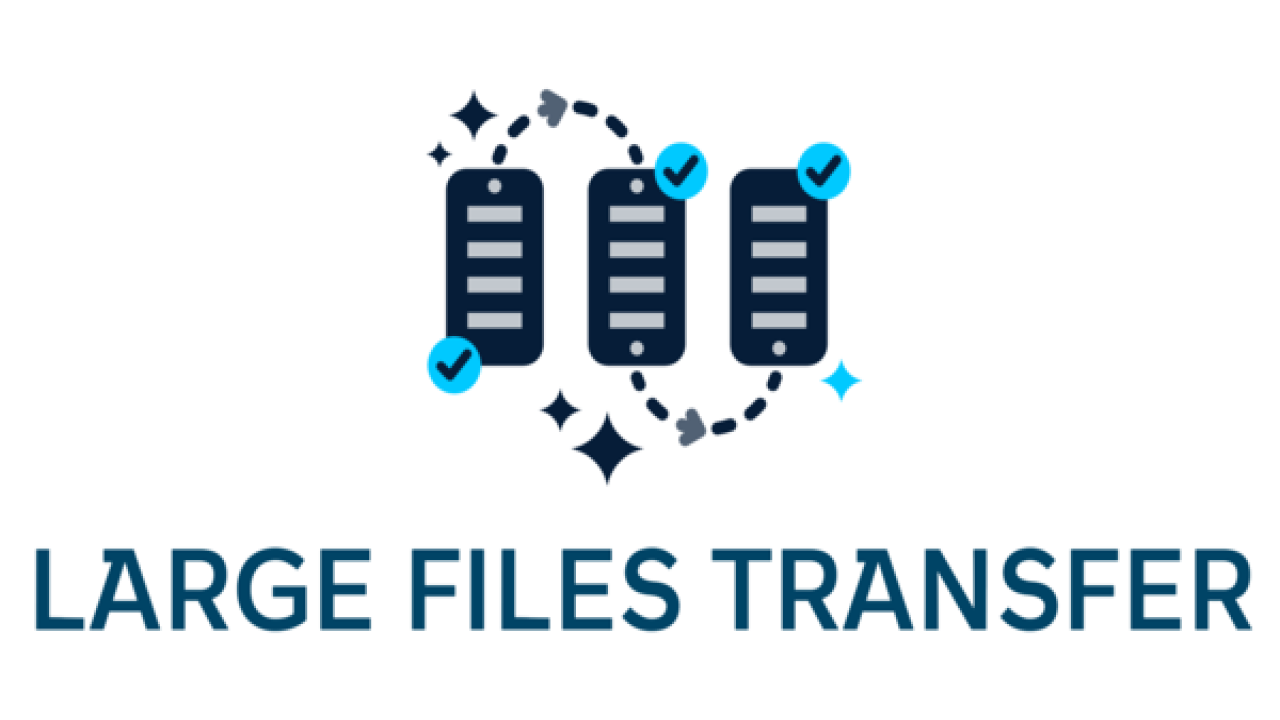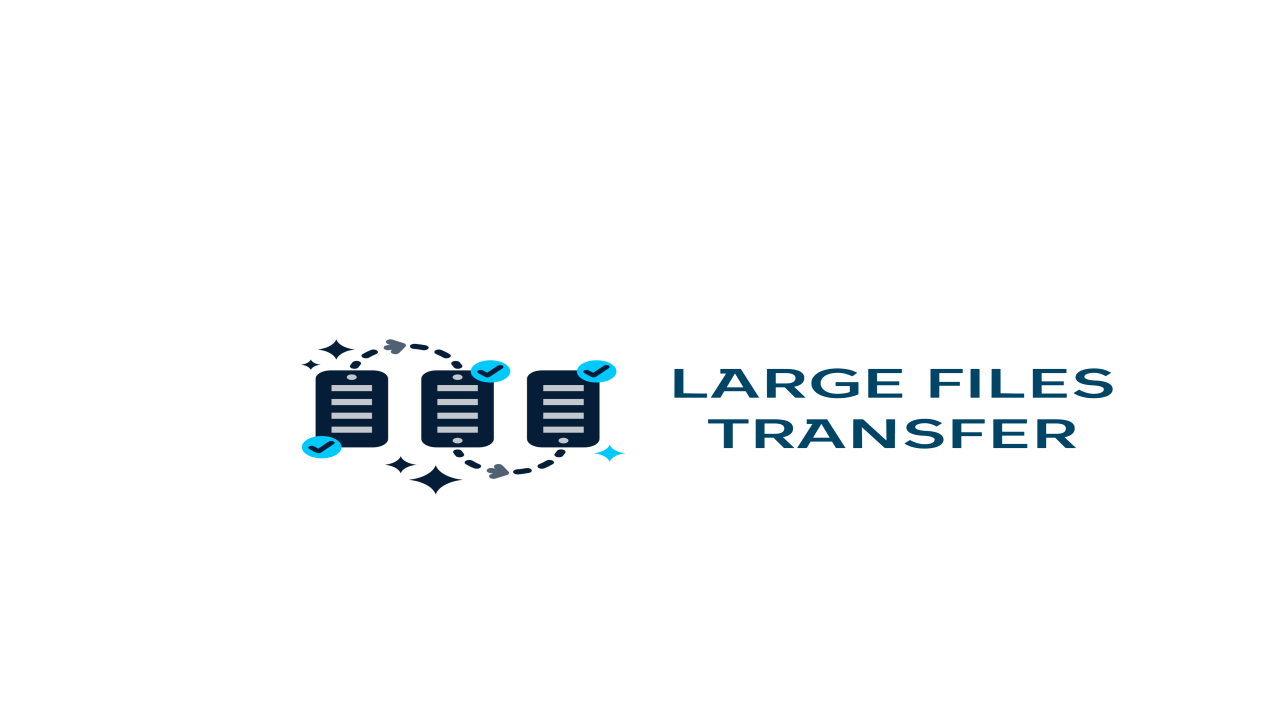Enhancing Collaboration: Sharing Large PDFs via File Transfer Websites in Office Environments
In today's fast-paced office environments, efficient collaboration and seamless information sharing are essential for productivity and success. However, traditional methods of sharing large PDF files, such as email attachments or physical storage devices, can be cumbersome and inefficient. File transfer websites offer a practical solution, enabling employees to share large PDFs quickly, securely, and conveniently. In this article, we'll explore the benefits of sharing large PDFs via file transfer websites in office environments and discuss best practices to optimize the process.
Benefits of Sharing Large PDFs via File Transfer Websites:
-
Overcoming Email Attachment Limits: Email services often impose limits on attachment sizes, making it challenging to send large PDF files via email. File transfer websites allow users to bypass these limitations, enabling the seamless sharing of large PDFs without the risk of files being rejected or blocked by email servers.
-
Efficient Data Transfer: File transfer websites leverage high-speed servers and optimized protocols to facilitate fast and efficient data transfer. Employees can upload large PDF files to the website's servers and share them with colleagues or clients within minutes, regardless of file size or network constraints.
-
Convenient Access Anywhere, Anytime: File transfer websites provide users with the flexibility to access shared PDF files from any device with an internet connection. Whether in the office, at home, or on the go, employees can download and view PDF documents conveniently, enabling seamless collaboration and workflow continuity.
-
Enhanced Security and Control: File transfer websites offer advanced security features such as encryption, password protection, and access controls to safeguard shared PDF files. Administrators can control who has access to specific files, track download activity, and enforce security policies to protect sensitive information from unauthorized access or data breaches.
-
Streamlined Collaboration: By centralizing document sharing on file transfer websites, employees can streamline collaboration and communication within the office environment. Teams can collaborate on projects, review documents, and provide feedback in real-time, improving efficiency and productivity.
Best Practices for Sharing Large PDFs via File Transfer Websites:
-
Choose a Reliable File Transfer Service: Select a reputable file transfer website that offers robust security features, high-speed transfers, and user-friendly interfaces. Consider factors such as file size limits, encryption protocols, and access controls when choosing a platform for sharing large PDFs in the office environment.
-
Organize Files Effectively: Organize large PDF files into logical folders or categories to facilitate easy navigation and retrieval for users. Use descriptive filenames and folder structures to ensure clarity and efficiency when sharing and accessing documents.
-
Encrypt Sensitive PDF Files: Encrypt sensitive PDF files before uploading them to the file transfer website to protect against unauthorized access or interception. Utilize encryption tools or software to encrypt PDF documents with strong encryption algorithms, ensuring data confidentiality during transfer and storage.
-
Set Access Controls and Permissions: Utilize access controls and permissions provided by the file transfer website to restrict access to shared PDF files. Specify user roles and permissions, enforce password protection, and set expiration dates for shared links to control who can view, download, or edit documents.
-
Notify Recipients and Provide Context: Notify recipients via email or messaging platforms when sharing large PDF files and provide relevant context or instructions. Include details such as file names, folder locations, and access permissions to ensure recipients can easily locate and access the shared documents.
-
Regularly Monitor File Activity: Monitor file activity and track download activity using the file transfer website's reporting and analytics features. Regularly review download logs, access permissions, and user activity to detect any unauthorized access or suspicious behavior and take appropriate action to mitigate risks.
-
Train Employees on Best Practices: Provide training and guidance to employees on best practices for sharing large PDFs via file transfer websites. Educate users on security measures, access controls, and encryption techniques to ensure they understand their responsibilities and contribute to maintaining a secure and compliant office environment.
Conclusion: Sharing large PDFs via file transfer websites offers numerous benefits for office environments, including overcoming email attachment limits, efficient data transfer, convenient access, enhanced security, and streamlined collaboration. By following best practices such as choosing a reliable file transfer service, organizing files effectively, encrypting sensitive documents, setting access controls, notifying recipients, monitoring file activity, and training employees on best practices, organizations can optimize the process of sharing large PDFs and enhance productivity, efficiency, and security in the office environment. Embrace the power of file transfer websites to streamline document sharing workflows and empower teams to collaborate effectively in today's digital workplace.





Comments (0)